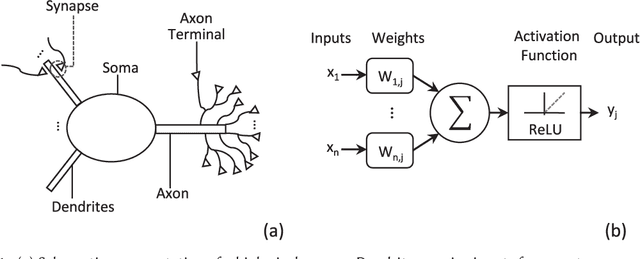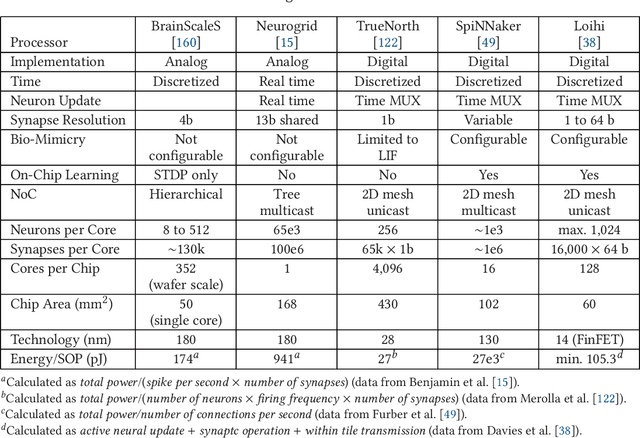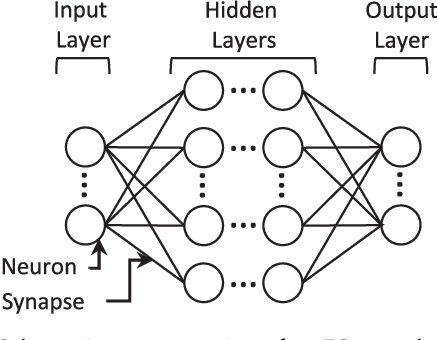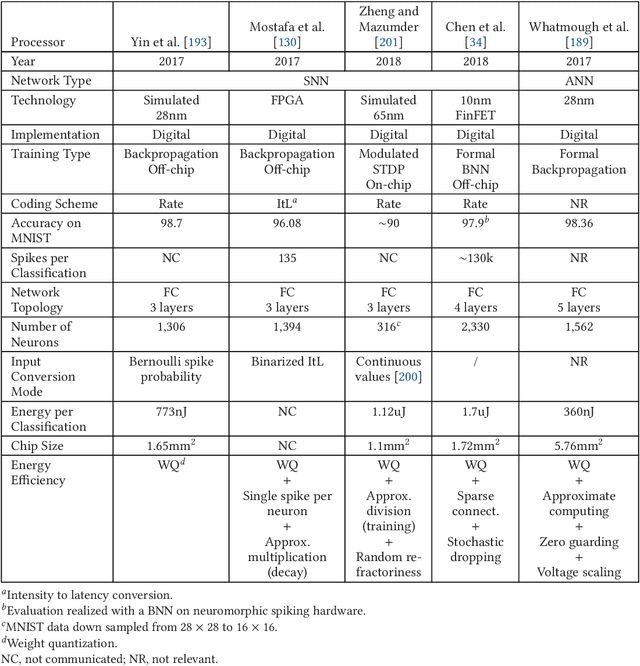Maxence Bouvier
Late Breaking Results: The Art of Beating the Odds with Predictor-Guided Random Design Space Exploration
Feb 26, 2025



Abstract:This work introduces an innovative method for improving combinational digital circuits through random exploration in MIG-based synthesis. High-quality circuits are crucial for performance, power, and cost, making this a critical area of active research. Our approach incorporates next-state prediction and iterative selection, significantly accelerating the synthesis process. This novel method achieves up to 14x synthesis speedup and up to 20.94% better MIG minimization on the EPFL Combinational Benchmark Suite compared to state-of-the-art techniques. We further explore various predictor models and show that increased prediction accuracy does not guarantee an equivalent increase in synthesis quality of results or speedup, observing that randomness remains a desirable factor.
ALERT-Transformer: Bridging Asynchronous and Synchronous Machine Learning for Real-Time Event-based Spatio-Temporal Data
Feb 08, 2024



Abstract:We seek to enable classic processing of continuous ultra-sparse spatiotemporal data generated by event-based sensors with dense machine learning models. We propose a novel hybrid pipeline composed of asynchronous sensing and synchronous processing that combines several ideas: (1) an embedding based on PointNet models -- the ALERT module -- that can continuously integrate new and dismiss old events thanks to a leakage mechanism, (2) a flexible readout of the embedded data that allows to feed any downstream model with always up-to-date features at any sampling rate, (3) exploiting the input sparsity in a patch-based approach inspired by Vision Transformer to optimize the efficiency of the method. These embeddings are then processed by a transformer model trained for object and gesture recognition. Using this approach, we achieve performances at the state-of-the-art with a lower latency than competitors. We also demonstrate that our asynchronous model can operate at any desired sampling rate.
Spiking Neural Networks Hardware Implementations and Challenges: a Survey
May 04, 2020



Abstract:Neuromorphic computing is henceforth a major research field for both academic and industrial actors. As opposed to Von Neumann machines, brain-inspired processors aim at bringing closer the memory and the computational elements to efficiently evaluate machine-learning algorithms. Recently, Spiking Neural Networks, a generation of cognitive algorithms employing computational primitives mimicking neuron and synapse operational principles, have become an important part of deep learning. They are expected to improve the computational performance and efficiency of neural networks, but are best suited for hardware able to support their temporal dynamics. In this survey, we present the state of the art of hardware implementations of spiking neural networks and the current trends in algorithm elaboration from model selection to training mechanisms. The scope of existing solutions is extensive; we thus present the general framework and study on a case-by-case basis the relevant particularities. We describe the strategies employed to leverage the characteristics of these event-driven algorithms at the hardware level and discuss their related advantages and challenges.
 Add to Chrome
Add to Chrome Add to Firefox
Add to Firefox Add to Edge
Add to Edge